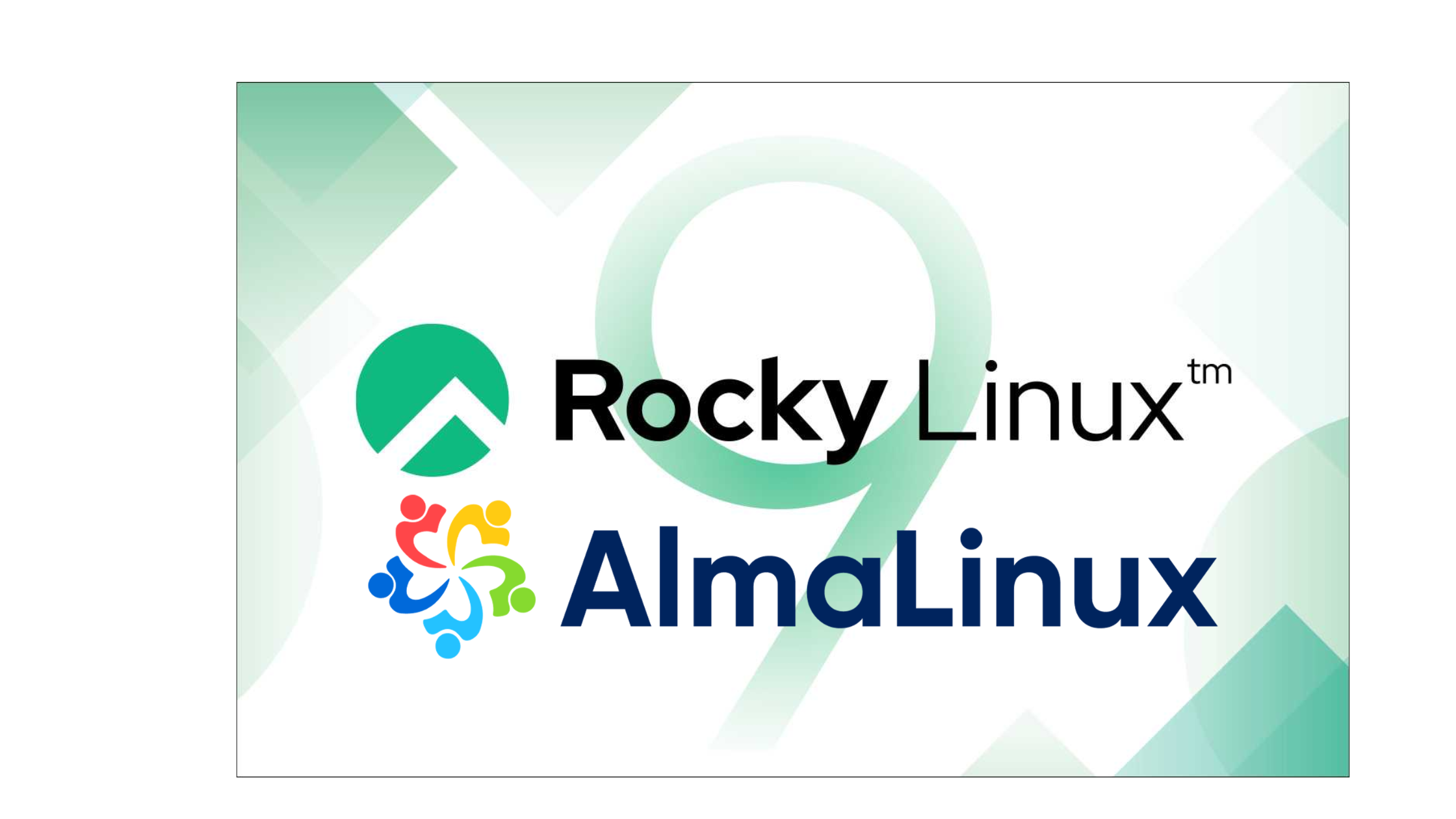When Red Hat announced in December 2020 that it was shifting its focus from CentOS Linux to CentOS Stream, it sent shockwaves through the Linux community. CentOS had been a cornerstone for enterprise environments, valued for its stability, compatibility with Red Hat Enterprise Linux (RHEL), and cost-free access. This decision left many users searching for alternatives to maintain their existing workflows and reliability. Out of this disruption came two significant contenders: AlmaLinux and Rocky Linux.
This article explores the origins, development, and current status of these community-driven operating systems.
Why CentOS Shifted to CentOS Stream
Before diving into AlmaLinux and Rocky Linux, it’s essential to understand the context.
- CentOS Linux was historically a downstream clone of RHEL, offering users a free and stable enterprise-grade OS.
- With CentOS Stream, Red Hat pivoted to a rolling-release model, which positions it as a testing ground for features that might later appear in RHEL.
While this change benefited developers who wanted early access to new features, it disappointed enterprise users relying on CentOS’s stability for production systems.
The Birth of AlmaLinux
AlmaLinux was launched by CloudLinux, a company with extensive experience in the Linux ecosystem, especially in server optimization.
- Origin and Mission: CloudLinux announced AlmaLinux in December 2020, pledging to create a free and open-source RHEL fork. AlmaLinux is designed to provide long-term stability and support, mirroring the lifecycle of RHEL.
- Community Focus: CloudLinux invested $1 million annually to support the project but ensured it would be governed by a nonprofit foundation, the AlmaLinux OS Foundation, to maintain community ownership.
- First Release: AlmaLinux 8.3, the first stable version, was released in March 2021, just three months after CentOS Stream was announced.
The Emergence of Rocky Linux
Rocky Linux was founded by Gregory Kurtzer, one of the original co-founders of CentOS. The project’s name pays homage to his late colleague, Rocky McGaugh.
- Origin and Mission: Announced shortly after Red Hat’s decision, Rocky Linux aimed to replicate the original CentOS model as a downstream clone of RHEL, emphasizing stability and reliability.
- Community Support: The project quickly gained traction, rallying a global community of developers and users.
- First Release: Rocky Linux 8.4, the first stable version, was released in June 2021, just a few months after AlmaLinux’s debut.
Comparing AlmaLinux and Rocky Linux
| Feature | AlmaLinux | Rocky Linux |
|---|---|---|
| Founding Entity | CloudLinux (later community-led) | Community-driven from inception |
| Release Model | Downstream RHEL clone | Downstream RHEL clone |
| Community Governance | AlmaLinux OS Foundation | Rocky Enterprise Software Foundation |
| First Stable Release | March 2021 | June 2021 |
| Adoption | Strong adoption in hosting environments | Strong adoption in enterprise and HPC |
Both operating systems aim to fill the gap left by CentOS Linux, offering long-term support and stability for enterprise environments.
Why AlmaLinux and Rocky Linux Matter
- Continuity for Enterprises: Both distributions provide a seamless migration path for CentOS users who want a free, community-driven alternative to RHEL.
- Open-Source Commitment: They uphold the open-source ethos by ensuring the operating systems remain freely accessible.
- Community-Driven: Both projects actively involve their communities in decision-making and development, creating trust and collaboration.
What’s Next for AlmaLinux and Rocky Linux?
As of now, both AlmaLinux and Rocky Linux continue to grow and gain traction. Key trends to watch include:
- Expanding Ecosystems: Both projects are building robust ecosystems, including partnerships, certifications, and support for cloud platforms.
- Enterprise Adoption: Many enterprises are adopting these distributions for production systems, ensuring their longevity.
- Ongoing Collaboration: Despite being competitors, both projects share a common goal: to support the Linux community in the absence of CentOS Linux.
Conclusion Almalinux And Rocky Linux
The rise of AlmaLinux and Rocky Linux is a testament to the resilience of the open-source community. Both projects have stepped up to ensure that users have access to stable, enterprise-grade Linux distributions. Whether you choose AlmaLinux or Rocky Linux, both offer a reliable path forward for CentOS users and anyone seeking a free RHEL-compatible OS.
Would you like to explore a deeper comparison of these two distributions or focus on their latest updates?

One response to “History of AlmaLinux and Rocky Linux: Origins and Evolution”
[…] What is Linux? […]